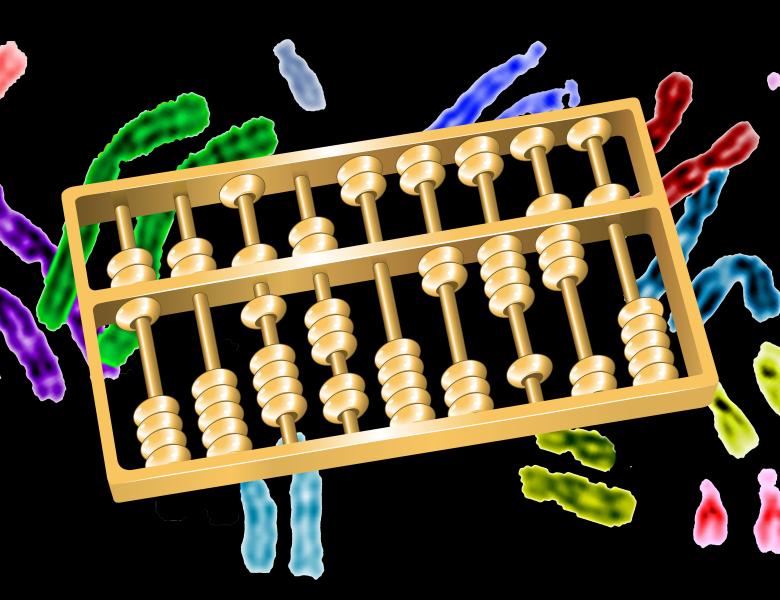
Abstract
The analysis of the mutational landscape of cancer, including mutual exclusivity and co-occurrence of mutations, has been instrumental in studying the disease. We hypothesized that exploring the interplay between co-occurrence, mutual exclusivity, and functional interactions between genes will further improve our understanding of the disease and help to uncover new relations between cancer driving genes and pathways. To this end, we designed a general framework, BeWith, for identifying modules with different combinations of mutation and interaction patterns. We focused on three different settings of the BeWith schema: (i) BeME-WithFun in which the relations between modules are enriched with mutual exclusivity while genes within each module are functionally related; (ii) BeME-WithCo which combines mutual exclusivity between modules with co-occurrence within modules; and (iii) BeCo-WithMEFun which ensures co-occurrence between modules while the within module relations combine mutual exclusivity and functional interactions. We formulated the BeWith framework using Integer Linear Programming (ILP), enabling us to find optimally scoring sets of modules. Our results demonstrate the utility of BeWith in providing novel information about mutational patterns, driver genes, and pathways. In particular, BeME-WithFun helped identify functionally coherent modules that might be relevant for cancer progression. In addition to finding previously well-known drivers, the identified modules pointed to the importance of MTOR and MED23 genes as well as the interaction between NCOR and NCOA3 in breast cancer. Additionally, an application of the BeME-WithCo setting revealed that gene groups differ with respect to their vulnerability to different mutagenic processes, and helped us to uncover pairs of genes with potentially synergistic effects, including a potential synergy between mutations in TP53 and metastasis related DCC gene. Overall, BeWith not only helped us uncover relations between potential driver genes and pathways, but also provided additional insights on patterns of the mutational landscape, going beyond cancer driving mutations.


